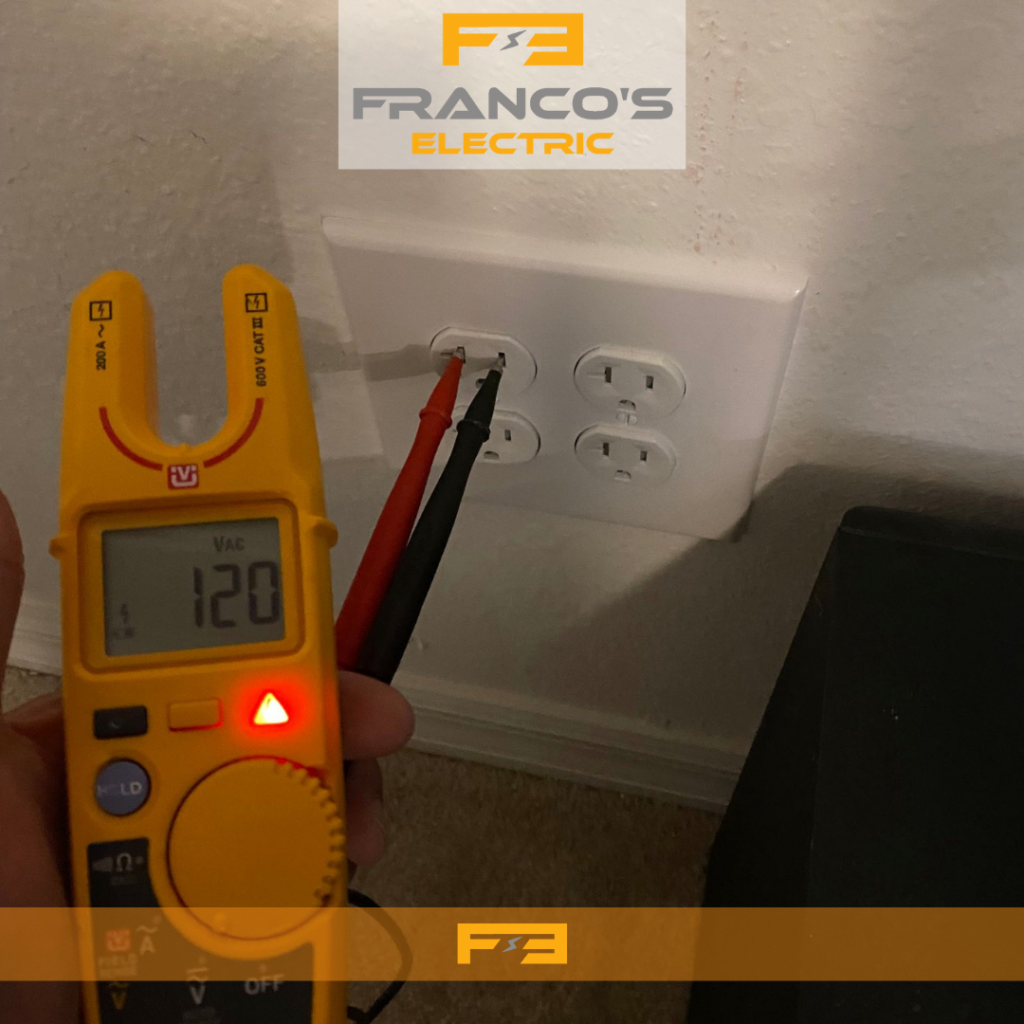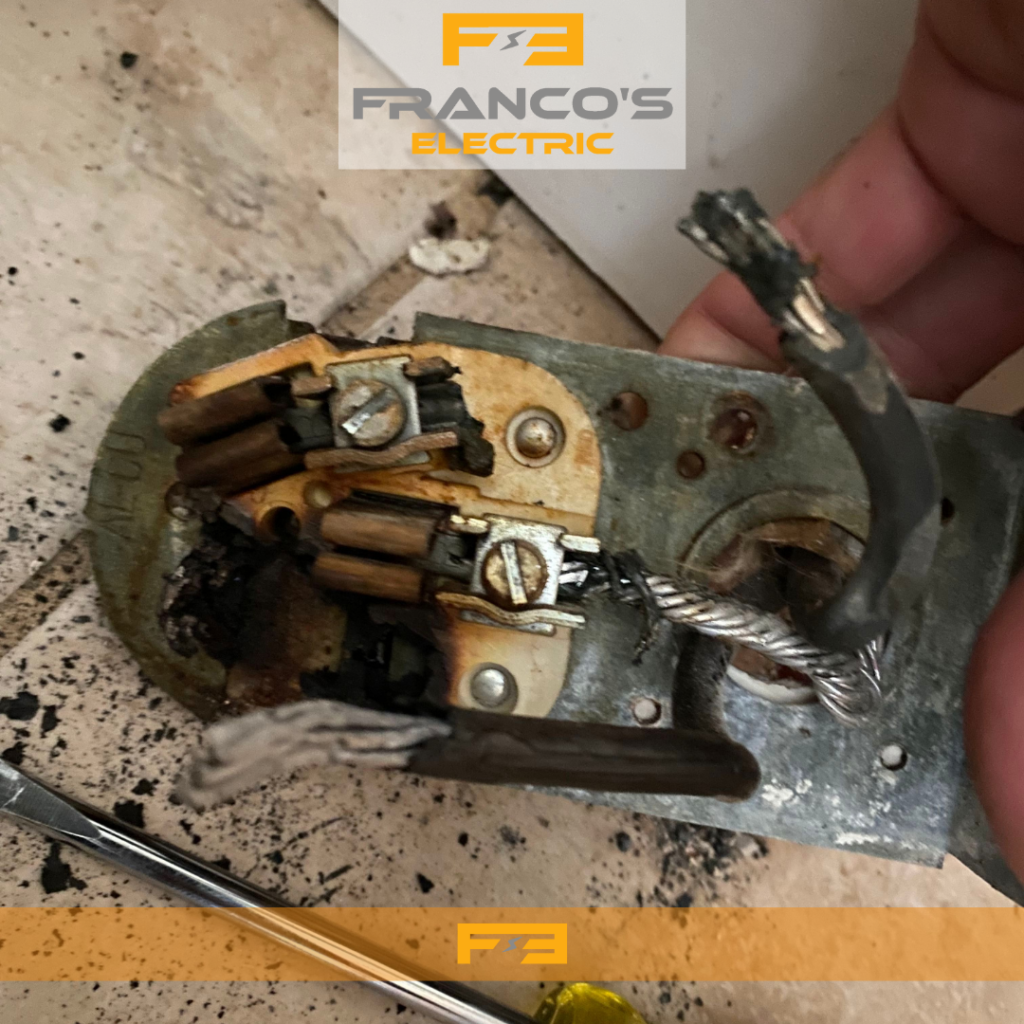An electrical safety checklist can help protect your home, your family, and yourself while reaping the benefits of electricity and everything it powers. Electricity in homes has become essential to our everyday lives. For all its advantages and capabilities, electricity in the home can be quite dangerous. Many dangers relating to electricity in homes are related to the potential for it to start fires. That’s why it’s crucial to take the proper safety precautions.
It is recommended that you inspect your home’s electrical system every 6 months, especially if your home is over 40 years old, you recently moved into a new home, or your home has undergone major renovations. Read on to know exactly what to inspect and where.
- Have you checked your outlets?
- Check that your GFCI (ground-fault circuit-interrupter) outlets are working properly. Simply press the “Test” button. You will hear a snap sound that trips the outlet.
- Do you have enough switches and outlets?
- Is your furniture arranged in such a way where you don’t have to rely on extension cords?
- Is there an unusual smell around your outlets or switches?
- Check cords, outlets and light bulbs for damage
- Are there buzzing sounds around your lights?
- Are you using the appropriate light bulbs in all light fixtures?
- Are there any faulty connections?
- Check extension cord
- Do you have any cords that are running through walls, ceilings, windows, doors, or any other place where they can be pinched or tripped over?
- Are any extension cords stapled or nailed to the wall or ceiling?
- Do plugs fit snugly? Is any area of the prong exposed?
- Does your extension cord feel hot to the touch?
- Do you use surge protectors?
The surge protector keeps your appliances safe by diverting excess voltage to the outlet’s grounding wire in the event of a power surge, as is the case of lightning striking a power line. Surge protector power strips also allow you to plug more than a single device into an outlet. It’s important to not overdo it, though.
- Check your Electrical Appliances
- Conduct an inspection of your home’s appliances to make sure they’re all working correctly. Ones that aren’t functioning properly or won’t turn on could be an indication of faulty electrical components. There may also be dust or debris that is hindering their function, as is commonly the case with refrigerators and dusty refrigerator coils. You’ll also want to unplug any appliances that aren’t being used. Not only will it reduce the likelihood of an electrical fire, but it’ll also cut down your electric bill.
- Have you cleaned your oven, range, and exhaust in the last 6 months?
- Have you ever received a shock from one of your major appliances?
- Is there enough air circulation around your dryer and refrigerator?
- Are there any wires too close to heat producing sources, such as the toaster, oven, or stove top?
This electrical safety checklist is meant to provide awareness of the many electrical hazards that could be present in your home, does NOT a substitute for professional home electrical inspections.
Routine checks on electrical outlets and appliances should happen regularly. For more electrical safety information, you can give us a call.



